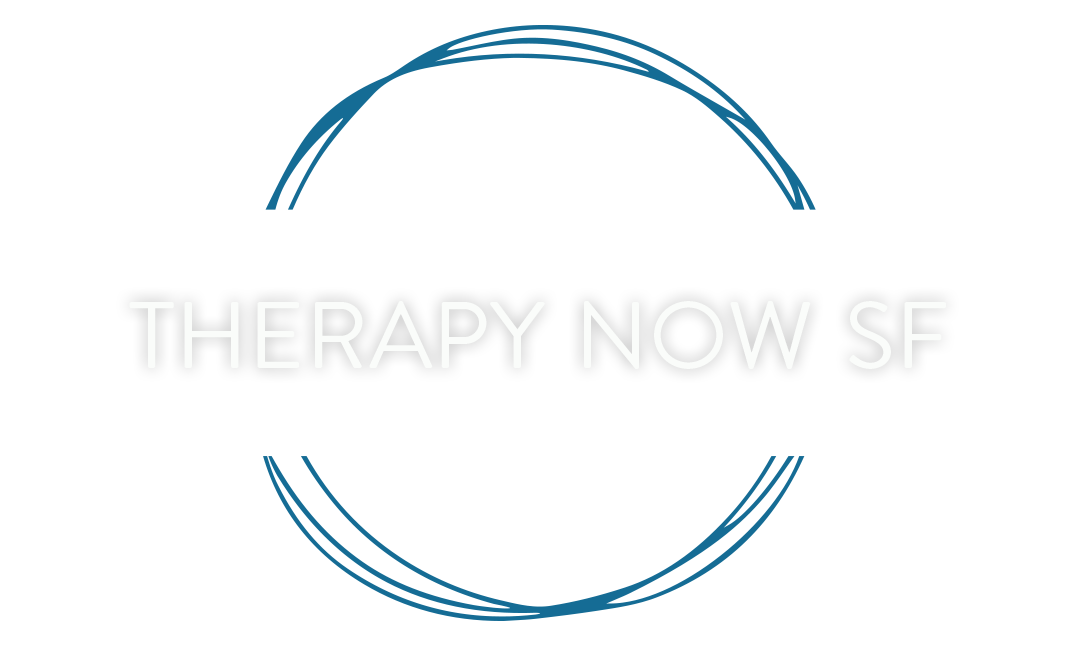The Structured Approach of CBT: A Guided Path to Well-being
By Dr. Andrea Zorbas
In the vast realm of psychotherapy, Cognitive Behavioral Therapy (CBT) stands out, not just for its efficacy but also for its distinct structure. At Therapy Now SF, we often get inquiries about what makes CBT unique. One defining feature is its structured approach. Let's unpack this characteristic to understand the transformative power of CBT.
“Goals are not ambiguous; they're clear, making the path to well-being more transparent.”
Understanding CBT's Structure
CBT operates on the fundamental premise that our thoughts, emotions, and behaviors are interlinked. By changing one component, we can influence the others. To make this transformation effective, CBT employs a well-defined structure, ensuring that therapy is not only insightful but also action-oriented.
Key Aspects of CBT’s Structured Approach:
Goal-Oriented Therapy: From the outset, CBT sessions prioritize defining clear, tangible goals. Instead of meandering discussions, every session has a purpose, ensuring that individuals move progressively towards their therapeutic objectives.
Time-Limited Nature: CBT is often a short-term therapy. This doesn't mean it's rushed; instead, its structured nature ensures that individuals achieve significant change within a defined time frame, typically spanning a few weeks to several months.
Agenda-Driven Sessions: A typical CBT session begins with setting an agenda. Both the therapist and client collaborate to decide what issues will be addressed, ensuring that every minute is purposefully utilized.
Regular Review: Progress isn't left to the end. Regular reviews are embedded within the CBT structure, allowing both the therapist and client to gauge how things are moving, what's working, and what might need tweaking.
Skill Acquisition and Practice: CBT isn't just about discussing problems. A significant chunk of therapy is dedicated to learning new skills and strategies, followed by real-world practice through homework assignments.
Why Does Structure Matter?
Clarity and Direction: The structured approach ensures that individuals always know where they're heading. Goals are not ambiguous; they're clear, making the path to well-being more transparent.
Empowerment: The predictable nature of CBT’s structure allows clients to take an active role. They're not passive recipients but co-pilots, steering their journey alongside the therapist.
Efficiency: With its time-limited nature, CBT ensures that individuals derive maximum benefit in a relatively shorter duration. This structure makes CBT both cost-effective and time-efficient.
Skill Transfer: The skills and strategies learned in CBT are not confined to therapy. The structured approach ensures that these skills are transferable, empowering individuals to handle future challenges adeptly.
Embracing the Structure: What to Expect at Therapy Now SF
If you're new to therapy or have previously engaged in more open-ended therapeutic approaches, the structure of CBT might feel different. At Therapy Now SF:
Collaboration is Key: While CBT has a structure, it's not rigid. Our therapists work closely with clients to tailor the approach, ensuring it aligns with individual needs.
Continuous Support: While CBT has a defined path, the journey can evoke a range of emotions. Our therapists are here to support, guide, and empower you at every step.
Holistic Growth: The structure of CBT ensures that growth isn't one-dimensional. You'll witness changes in your thought patterns, emotional responses, and behaviors, leading to holistic well-being.
In Conclusion:
The structured approach of CBT is like a guided map to mental well-being. It's a journey where every step has a purpose, every session brings you closer to your goals, and every skill learned is a tool for life. At Therapy Now SF, we're passionate about CBT's transformative power and are here to guide you through its structured, enlightening path. Join us, and let's navigate the road to a brighter, balanced, and more empowered self.
